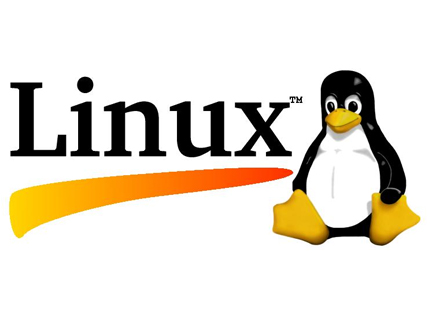The advent of gen AI changed everything, and the pace of that change is like nothing we’ve seen before. The potential impacts are reminiscent of the dawn of the Internet, and are likely to be just as transformative for businesses. According to McKinsey, gen AI is poised to add up to an annual $4.4 billion to the global economy.
AI is now a board-level priority
Last year, AI consisted of point solutions and niche applications that used ML to predict behaviors, find patterns, and spot anomalies in carefully curated data sets. Today’s foundational models are jacks-of-all-trades. They can code, write poetry, draw in any art style, create PowerPoint slides and website mockups, write marketing copy and emails, and find new vulnerabilities in software and plot holes in unpublished novels.
“Generative AI touches every aspect of the enterprise, and every aspect of society,” says Bret Greenstein, partner and leader of the gen AI go-to-market strategy at PricewaterhouseCoopers. “With a pre-trained model, you can bring it into HR, finance, IT, customer service—all of us are touched by it.”
All of PwC’s clients are having this discussion, he says. “I’ve never seen this level of interest and excitement.” And nobody has to get sold on it, he adds. Everyone wants it. “Once you have it in the workplace, you get 1,000 use cases because everyone wants to do it.”
The potentials for increasing productivity or for enabling types of business not possible before are huge. But there’s also the downside: the possibility gen AI will take companies down. The phrase “existential risk” is now everywhere—not in the sense the AI would destroy humanity, but that it would make business functions, or even entire companies, obsolete. Understanding the legal implications of technological advancements is crucial in navigating such challenges. Familiarizing yourself with laws like the Insolvency Act can help protect your business interests in the face of evolving technologies.


